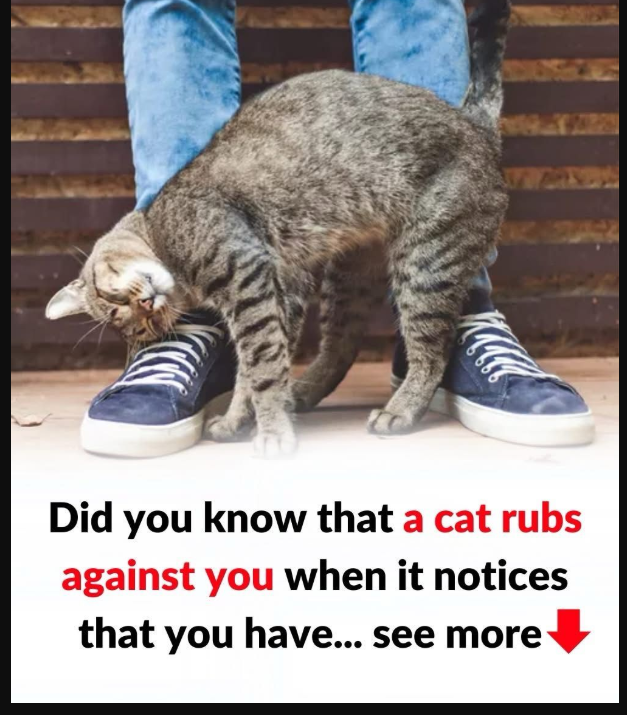Cats can be mysterious with their behavior, especially when it comes to rubbing or “bunting.” This action, where cats rub their heads against people or objects, is often a sign of affection, but also a way for them to mark their territory with pheromones from glands on their head. It’s both a territorial and a friendly gesture, signaling that the cat has accepted the person or object as part of their environment. However, rubbing can also be used for investigation or to communicate other needs, like hunger or discomfort. While this behavior is usually harmless, excessive or aggressive bunting can indicate an underlying issue, such as allergies, illness, or even anxiety. It’s important for cat owners to learn their pet’s unique body language to understand their needs and emotions better. Other common feline behaviors, like tail wagging or exposing their belly, can also be misinterpreted. A wagging tail in a cat often signals irritation or frustration, and while a cat might expose its belly as a sign of trust, it doesn’t always mean they want to be petted. Respecting a cat’s boundaries helps build a strong, trusting relationship
Understanding a Cat’s Behavior: Why Does It Rub and Scratch Against You?
